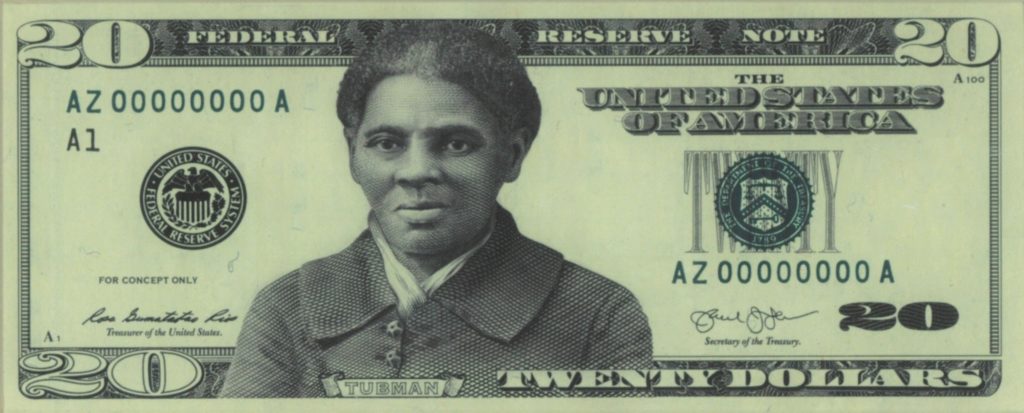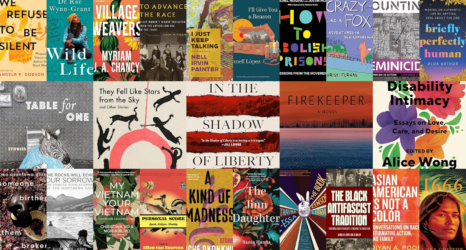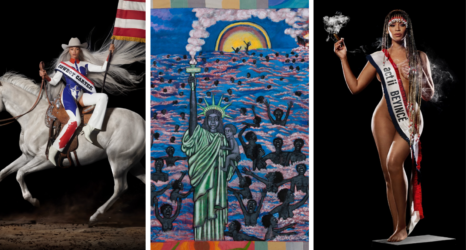“My brother didn’t deserve to die over $20. I’m asking you: Is that what a Black man is worth?”
Philonise Floyd, the brother of George Floyd, delivered these heartbreaking and sobering words before Congress just one day after he buried his brother. Two weeks prior, the world witnessed the horrifying moment in which a Minneapolis police officer, Derek Chauvin, murdered his brother with a knee to his neck. George Floyd cried out the haunting words we had already heard from the late Eric Garner also murdered by police: “I can’t breathe.”
This year has already been a suffocating one in which the world reeled from the ravages of a global pandemic, especially in the U.S., which still leads the world in the number of deaths due to COVID-19. And when dealing with a virus that specifically targets our respiratory system, is it any wonder the nation collectively snapped from not being able to catch our breaths? We literally can’t breathe from the viral effects of disease and racism.
Now, Philonise’s words, reminding us of the incident that caused his brother’s death—which ignited our latest global wave in the movement for Black Lives Matter—are forcing us to consider what is the value (or lack thereof) of Black life.
Police were called in to arrest George Floyd over suspicions of a counterfeit $20. As such, I can’t help but think of an article I wrote earlier this year for Ms.’s Spring 2020 issue: “Where’s the Tubman $20?”

The Harriet Tubman $20 was a redesign plan, advanced during the Obama administration, that was supposed to have rolled out in 2020 to mark the centennial anniversary of the 19th Amendment granting women the right to vote. That plan, like so many others for the year, has been shelved, and one of the reasons given for the delay was concerns over counterfeit security. The new Tubman $20 is now set at the earliest for 2028.
Of course, Tubman enthusiasts and those supporting feminism and racial justice have been rightly suspicious that this is the actual reason for delaying the redesign, given the current administration’s lack of interest in race and gender equality, not to mention the president’s actions in hanging a portrait of Andrew Jackson—the seventh U.S. president, who currently fronts the $20—in the Oval Office while recently refusing to unveil a portrait of Obama, the first Black U.S. president and his predecessor. Symbols and symbolic actions matter.
Nonetheless, does a Tubman $20 matter as a symbol? There will be those who will say Harriet Tubman on the $20 would not have changed the circumstances leading to the death of George Floyd.
But consider this. George Floyd was killed over an imagined counterfeit $20 in a country that can’t keep its promise to place Tubman on the $20, counterfeit security issues or otherwise.
Which is the real counterfeit here? George Floyd’s $20, Harriet Tubman’s $20 redesign or a country that still pretends there is “liberty and justice for all”?
When Treasury Secretary Jack Lew announced in 2016 that Tubman would appear on a redesigned $20, I was elated like so many others. I did, however, have disagreements with other Black women who felt adamantly that Tubman should not be honored in this way. At the time, all I could think in response to this sentiment was: This is why we can’t have nice things!
And yet, in the wake of this latest incident of racialized state violence, I now think: What do nice things mean if there is no justice to enjoy them?
I now realize that those who disagreed with the Tubman $20 were not necessarily devaluing Tubman’s history. No one in these debates would argue that Harriet Tubman—Underground Railroad conductor, liberator, Civil War hero, nurse, spy, scout, military raid leader, healer, first woman homeowner in the state of New York, suffragist, feminist, race woman extraordinaire—does not belong on U.S. paper currency as a recognized historic icon and national hero. At issue, however, is whether this nation, in its failure to live up to its principles, deserves to have Harriet Tubman as a national symbol.
Tubman on our $20 would be a “nice thing” indeed. Spending that $20 in a nation that values Black lives—economically, culturally, socially, politically—would be even better and a far more righteous and justified goal. When Tubman liberated 750 enslaved people at the Combahee River Raid in South Carolina during the Civil War, she was also healing soldiers during an epidemic.
She gave so much of her skills and service—and yet, during a time when the U.S. government passed the 13th, 14th and 15th amendments extending civil rights to African Americans, Harriet Tubman was devalued because she was a woman.
While Tubman did not get veteran’s pay, the Black male scouts with whom she worked did. As a result, Tubman worked with white abolitionist ally Sarah H. Bradford to commission a biography that would help her fundraise as compensation. Tubman, who struggled with poverty throughout her life, would not give up on the issue. She wanted to get paid. When her second husband, Nelson Davis, died, she received a widow’s pension for his services in the Union Army. It wasn’t until she reached advanced age that she, with the help of allies, finally succeeded in receiving a veteran’s pension in her own right, which was calculated at $20 a month.
Obviously, both Harriet Tubman and George Floyd are priceless and have value far beyond the $20, a paper note receiving more protection than Black lives. However, this symbolism is an opportunity for us to demand and state our value.
I still want to see the Tubman $20, even if that means waiting. But the nation sporting such a symbol needs to be worthy of Harriet Tubman.
May we build toward a nation deserving of Tubman as a national symbol, where—by the time she is on the $20 redesign—we have systems in place that value her legacy: including economic reparations for slavery and Jim Crow; gender pay equity (let’s not forget what Tubman was fighting for when seeking a veteran’s pension of her own, and not just relying on a widow’s pension); an end to police brutality and state violence; and universal healthcare, the latter an important goal of Tubman in her later years when she opened John Brown Hall, an infirmary to take care of formerly enslaved sick and elderly people in her community.
Tubman deserves more from us to shape this nation into something more than a counterfeit country pretending at justice and freedom. As Black feminist Alexis Pauline Gumbs, who commemorates Tubman with a Combahee River Pilgrimage, likes to remind us, the Combahee River Collective named Harriet Tubman’s actions of liberation in recognition of Black feminist resistance. Their “Black Feminist Statement” asserts that “when Black women are free, everyone else gets free.”
Make no mistake: When Harriet Tubman is finally on our $20, it will occur because we insisted on building a nation truly based in freedom, a freedom she never took for granted but forced the issue through self-emancipation and the emancipation of others. That is the legacy she has taught us and the vision we must sustain for our future.
Perhaps the Tubman $20 redesign, which was supposed to also keep Andrew Jackson on the back, can alter the back design with a Black Lives Matter tribute including George Floyd, removing Andrew Jackson altogether—the way he had removed Native Americans from land that was used to expand slavery.
Symbols and symbolic actions matter, and while our current movement seeks to remove symbols of oppression in the tearing down of Confederate monuments and memorials, let us also erect monuments to the historic figures who matter to our sense of freedom. We owe it to those who came before us and especially to those who will come after.





